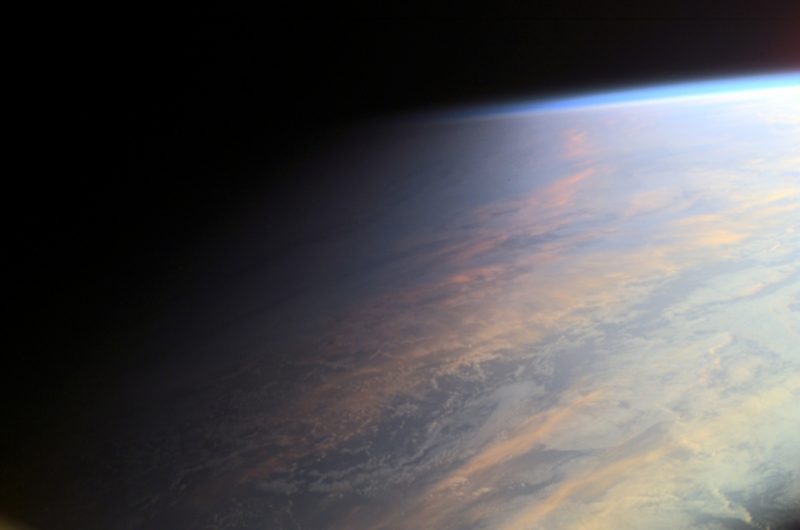The Magic of Blue Hour
While golden hour gets most of the attention, blue hour—the period of twilight when the sun is just below the horizon—offers its own unique magic for photographers. The deep blue tones and balanced ambient light create atmospheric images unlike any other time of day.
Blue Hour Definition:
The period of twilight in the morning or evening when the sun is between 4° and 6° below the horizon. During this time, indirect sunlight takes on a predominantly blue hue. Typically lasts 20-40 minutes depending on location and season.
Understanding Blue Hour Light
Blue hour occurs because the sun is far enough below the horizon that its direct light doesn't reach the atmosphere overhead, but sunlight still illuminates the upper atmosphere. This scattered light appears blue due to Rayleigh scattering—the same phenomenon that makes the sky blue during daytime.
Morning Blue Hour
Occurs before sunrise, beginning when the sun is about 8° below the horizon and ending at sunrise. The transition from night to blue hour can be particularly dramatic. Often has cooler tones than evening blue hour.
Evening Blue Hour
Begins after sunset when the sun drops below 4° and lasts until it reaches about 6° below the horizon. The transition from golden hour through blue hour to night offers incredible photographic opportunities.
Blue Hour Photography Techniques
1. Balancing Ambient and Artificial Light
Blue hour is the perfect time to capture cityscapes as artificial lights turn on while there's still ambient light in the sky. The balance creates depth and interest in your images. Use a tripod and experiment with long exposures to capture light trails from moving vehicles.
2. Creating Silhouettes
The even lighting of blue hour is ideal for creating striking silhouettes against the colorful sky. Position your subject between your camera and the brightest part of the sky, then expose for the sky to render your subject as a dark silhouette.
3. Using Reflections
Water surfaces, glass buildings, and other reflective surfaces can double the impact of blue hour's colors. Calm water creates mirror-like reflections that can make your compositions more symmetrical and visually interesting.
Essential Blue Hour Gear
- Sturdy tripod: Essential for the long exposures typically needed during blue hour
- Remote shutter release: Minimizes camera shake during long exposures
- Wide-angle lens: Great for capturing expansive cityscapes and skies
- Neutral density filters: May be needed for very long exposures in brighter phases of blue hour
Planning Your Blue Hour Shoot
Blue hour happens fast, so preparation is key. Use MelAuroral to determine exact blue hour times for your location. Scout your location during daylight to identify compositions and potential hazards (blue hour photography often happens in low light). Arrive early to set up—you'll typically have just 20-40 minutes of optimal conditions.
Pro Tip:
The most intense blue tones often occur in the middle of blue hour. The beginning transitions from golden hour, while the end transitions to night. Plan different shots for different phases.
Blue Hour Photography Challenges
While beautiful, blue hour photography comes with unique challenges:
- Changing light: The light changes rapidly, requiring frequent exposure adjustments
- Mixed lighting: Different artificial light sources (tungsten, LED, fluorescent) create varying color temperatures
- Focusing difficulties: Autofocus can struggle in low light—use manual focus or focus during brighter conditions
- Long exposures: Require stability and may show sensor noise—use noise reduction techniques
Post-Processing Blue Hour Images
Blue hour images often benefit from careful post-processing:
- Adjust white balance to achieve your desired blue tone—cooler for moody images, slightly warmer for more natural looks
- Enhance shadows to reveal detail while maintaining the blue hour atmosphere
- Use graduated filters in editing software to balance exposure between sky and foreground
- Consider adding slight clarity or dehaze to make city lights pop against the blue sky
Blue hour offers a brief but magical window for photography. By understanding its unique qualities and challenges, you can create images with a dreamlike quality that stands out from typical daylight or night photography.




